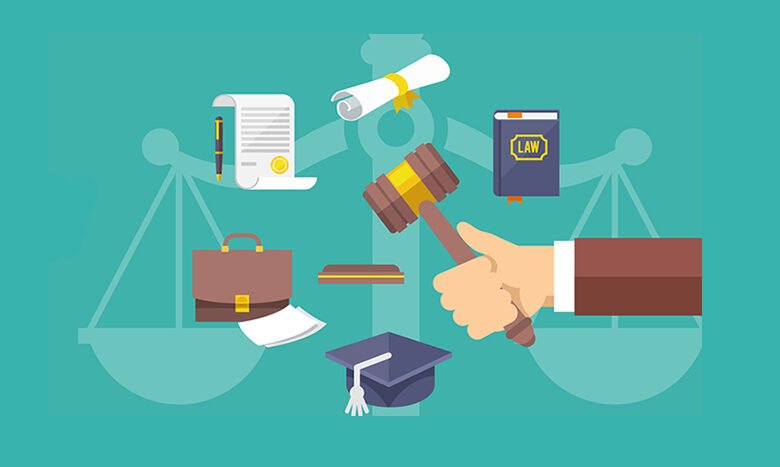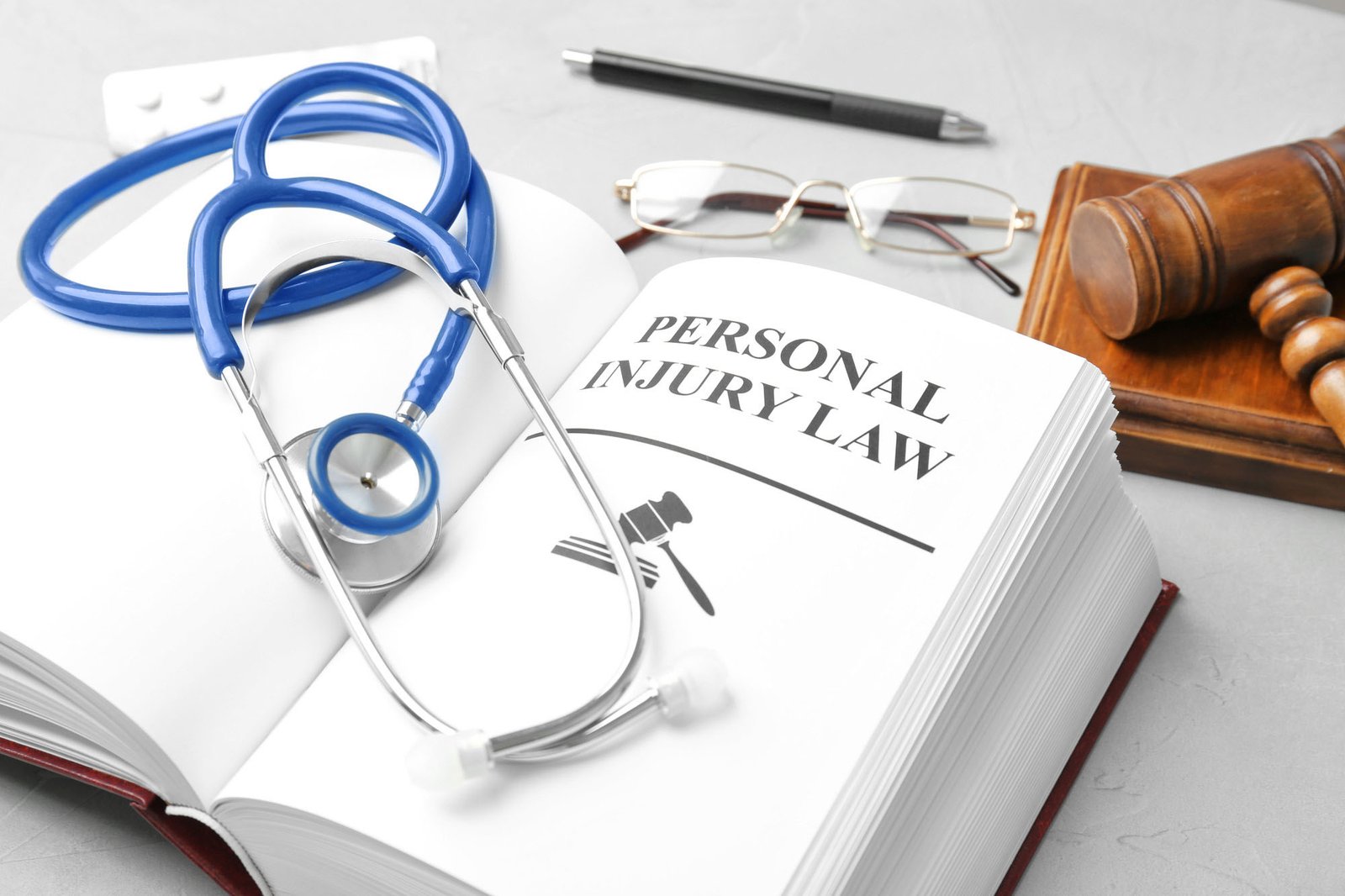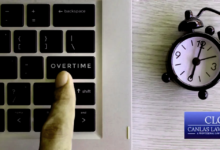Personal Injury Lawsuit Filing, A Guide For It.

Personal Injury Lawsuit Filing, Lawsuits for personal injuries are frequently challenging. If you attempt to take legal action without a lawyer or lack experience, the results are likely to be adverse.
It might take a lot of time and be difficult to manage. However, if you engage a personal injury lawyer to handle all legal parts of your claim, you won’t have to bear the burden alone.
It is essential to comprehend the different phases of a case. You should be aware of how to get ready for the impending legal struggle as well as what to anticipate at each stage.
Read More: Why Violent Crime Victims Think About Filing Civil Lawsuit?
What Steps Are Taken in a Case of Personal Injury?
Personal Injury Lawsuit Filing Never files a lawsuit without first speaking with a lawyer. Your lawyer can handle all necessary procedures on your behalf and will walk you through the process from beginning to end.
Before filing a lawsuit, the statute of limitations must be considered. A statute of limitations is a legal provision that establishes the window of time within which a claim against another party may be brought. You may continue your lawsuit as long as the deadline has not gone.
Personal Injury Lawsuit Filing, Create and submit a complaint.
A legal document called the Complaint contains pertinent information regarding a lawsuit.
- The charges that you level against the defendant.
- An explanation of the wounds you developed as a result of the collision.
- A legal justification for blaming the defendant.
- Your demand for reimbursement from the defendant for the cost of your medical care and other losses.
Construct and deliver the summons.
The summons notifies the defendant of the legal action being taken against them. Additionally, it instructs the defendant on how to react. To continue with the litigation, they must respond to the Summons within a certain amount of time.
You cannot personally deliver the summons to the defendant. A qualified person may serve legal documents. For instance, you may pay a process server to find the defendant and deliver the summons and complaint to them.

Personal Injury Lawsuit Filing, A filed answer will come later.
The process server should send you a physical confirmation to file with the court once service has been completed. A set period of time will be given to the defendant to respond to the complaint.
The length of time depends on the location of the case, such as New York City or another region of the state, and the type of service, such as hand delivery or another one. After receiving the complaint and summons, the defendant typically has ten, twenty, or thirty days to file an answer.
Every claim made in the complaint must be addressed in the submitted answer. The defendant may, if they so choose, bring counterclaims against you.
Personal Injury Lawsuit Filing, Discovery Method.
Each attorney has the right to request supporting materials from the other throughout the discovery process. The following requests are typically made throughout the discovery process:
Interrogatories.
Interrogatories are inquiries into the facts of the case to which both you and the defendant must respond. You must also sign the document containing your responses in front of a notary public.
Request for Admissions.
Every assertion made in the Request for Admissions must be confirmed or denied.
Request for Production.
A Request for Production is a demand that the other party send any supporting documentation they discover while conducting their investigation.
Request for deposition.
Both attorneys have the right to ask the other’s client about the matter. These questions must have oaths taken in response.
Take part in a Mediation
In order to try and resolve the dispute, opposing sides can meet with a mediator during mediation. The mediator lacks the legal capacity to render a decision. However, they can help each side express their mediation objectives and provide suggestions for how to resolve the conflict.

Personal Injury Lawsuit Filing, Prepare for a trial
If mediation fails, trial preparations will start. This includes doing things like:
- Composing an introduction.
- Building a case against the defense attorney’s testimony
- Choosing witnesses to testify for you
- Assembling proof to offer to the judge or jury
Either attorney may ask questions about the matter to the other’s client.
Observe the Trial
Both the defense and your counsel will argue their claims in court. They may linger for a number of hours or days.
The jury will consider and determine whether to find in your favor if there is a jury trial. If the jury finds the defendant to be accountable for your injury, the judge will render the final verdict and compel the defendant to compensate you.












2 Comments